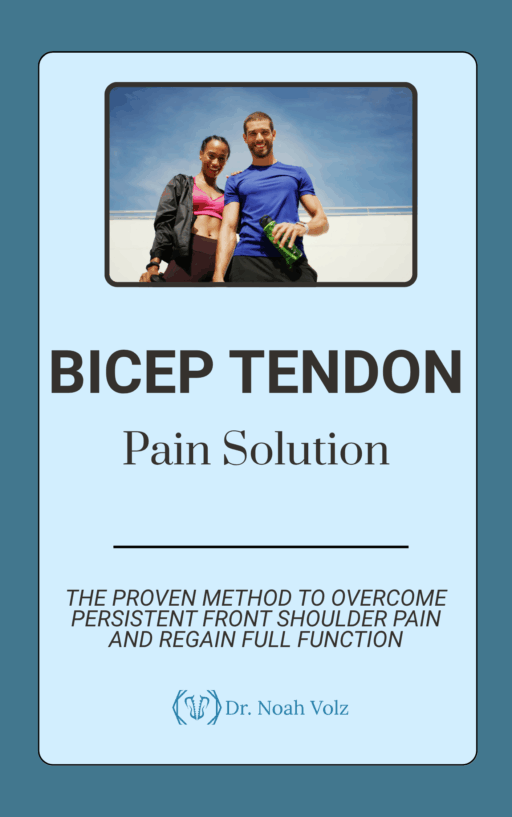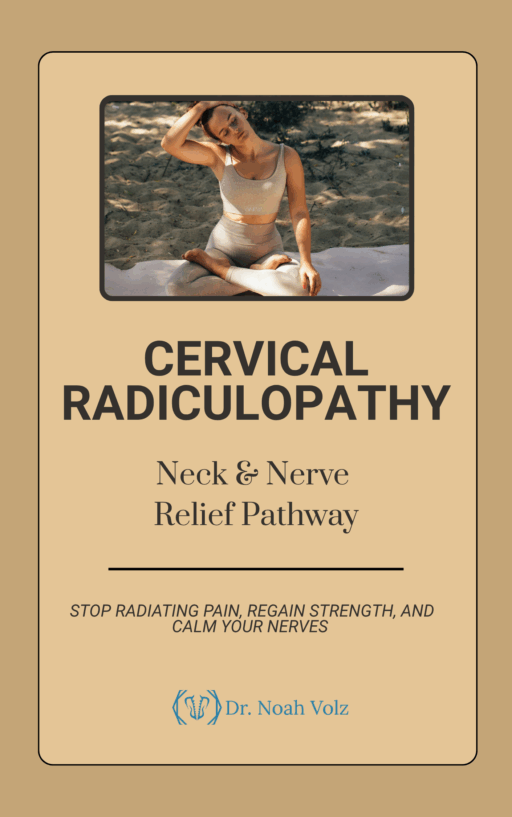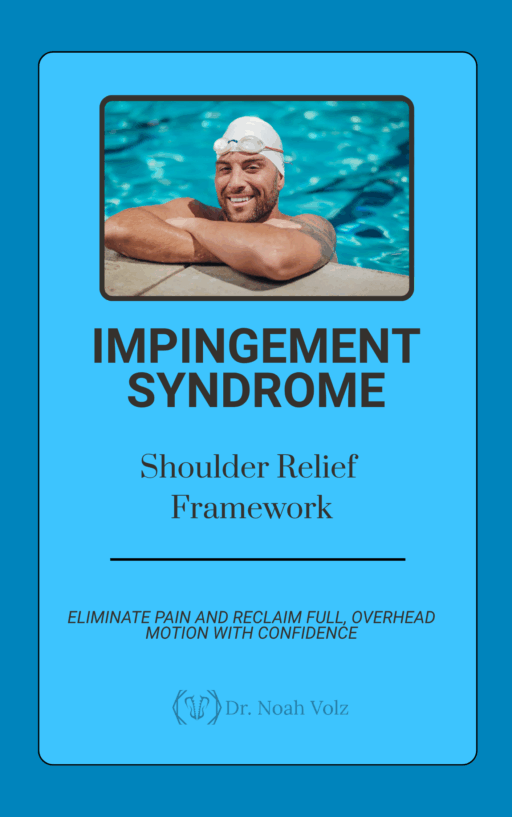Then Daniel learned something that changed everything: his shoulder wasn’t just weak or damaged—it was miscommunicating with his brain.
The Hidden Issue: How the Brain and Shoulder Lose Sync
Traditionally, chronic shoulder pain has been treated as a structural issue—weak muscles, torn tendons, or worn-down cartilage. But research now shows that pain isn’t always about tissue damage. Instead, chronic pain often stems from how the nervous system processes movement and sensation.
When pain lingers for months or years, the brain begins to adapt. This can lead to maladaptive neuroplasticity, where the brain’s pain maps become distorted. Instead of recognizing the shoulder as a fully functional joint, the brain sees it as a threat, limiting movement and amplifying discomfort.
This is why some people with severe rotator cuff tears feel no pain, while others with minor shoulder dysfunction struggle with persistent aches. The nervous system—not just the shoulder itself—needs retraining.
The Solution: Re-Mapping, Re-Learning, and Re-Training
Daniel’s recovery didn’t start with more stretching or heavy strengthening exercises. Instead, it began with retraining his brain’s understanding of his shoulder through a methodical, evidence-based approach:
1. Proprioceptive Training: Restoring the Shoulder’s Internal Map
Proprioception is the body’s ability to sense where it is in space. Chronic pain can disrupt proprioceptive accuracy, making the brain overprotective and movement feel unsafe. To retrain this, Daniel started with:
- Light Isometric Holds: Holding a gentle contraction (like pressing his hand against a wall without moving) helped his brain recognize his shoulder’s position without pain.
- Vibration Therapy: Applying vibration to the affected area stimulated sensory pathways, improving communication between his shoulder and brain.
- Mirror Therapy: Using a mirror to observe his pain-free arm moving helped his brain “borrow” movement patterns, reestablishing normal function in his painful shoulder.
2. Sensory Re-Education: Teaching the Nervous System to Trust the Shoulder Again
When pain persists, the nervous system becomes hypersensitive. Sensory re-education helps calm this heightened response. Daniel incorporated:
- Tactile Stimulation: Light brushing or tapping around the shoulder reduced pain sensitivity.
- Temperature Contrast Therapy: Alternating warm and cool sensations helped desensitize pain receptors.
- Joint Mobilization Exercises: Gentle movements guided by a practitioner, such as Dr. Noah Volz in Ashland, OR, helped retrain pain-free motion patterns.
3. Graded Exposure Therapy: Safely Expanding Pain-Free Movement
Rather than forcing his shoulder through painful exercises, Daniel used graded exposure therapy, a method that gradually reintroduces movement without triggering the brain’s pain alarm.
- Start Small: He began with movements he could do without hesitation or guarding, like shoulder blade squeezes.
- Progress Gradually: Once these movements felt safe, he slowly introduced reaching, pressing, and rotational exercises in pain-free ranges.
- Rebuild Confidence: By avoiding movements that reinforced fear, Daniel gradually restored trust in his shoulder’s ability to move freely.
The Breakthrough: A Shoulder That Feels Like Home Again
Within weeks, Daniel noticed something remarkable: he no longer hesitated before moving his arm. The pain that had once dictated his daily life had faded into the background. Instead of bracing for discomfort with every motion, he moved naturally, without overthinking.
His success wasn’t about fixing a tear or “creating space” in his joint—it was about retraining his brain to perceive movement as safe. This approach, backed by modern neuroscience, is transforming how we understand and treat chronic shoulder pain.
Final Thoughts: The Future of Shoulder Pain Treatment
If you’ve been stuck in a cycle of chronic shoulder pain, it might be time to rethink your approach. Instead of focusing solely on the shoulder’s structure, consider how your nervous system is interpreting movement and pain.
By incorporating proprioceptive training, sensory re-education, and graded exposure therapy, you can reset your body’s pain response and reclaim mobility—without unnecessary surgery or long-term reliance on medication.
For those ready to take the next step, working with an expert like Dr. Noah Volz in Ashland, OR, can provide the guidance needed to re-map, re-learn, and re-train your way back to a pain-free life.
-

Bicep Tendon Pain Solution
$50.00 -

Centralized Low Back Pain
$50.00 -

Cervical Radiculopathy: Neck and Nerve Relief Pathway
$50.00 -

Complex Low Back Pain
$50.00 -

Complex Radiating Low Back Pain
$50.00 -

Cross-Pattern Low Back Pain
$50.00 -

Frozen Shoulder Mobility Reset Plan
$50.00 -

Impingement Syndrome: Shoulder Relief Framework
$50.00 -

Nerve Tension Low Back Pain
$50.00 -

One-Sided Radiating Low Back Pain
$50.00 -

Posture-Related Low Back Pain
$50.00 -

Rotator Cuff Recovery Blueprint
$50.00

